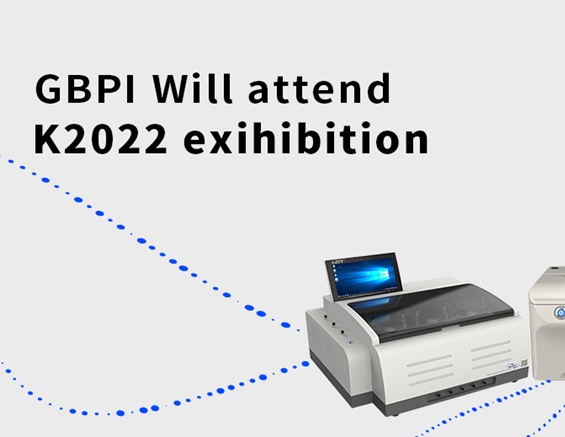Abstract The tightness of the mask is an important indicator for evaluating the protective performance of the mask. The better the tightness, the better the fit between the selected mask and the user's face shape. The user can get the expected protective effect by wearing this mask. This article briefly introduces the test method, principle and equipment of the mask tightness test. From the test process described in this article, it is relatively simple to use the GB-MH180 Mask Tightness Tester to test the mask fit performance, and the tester is easy to operate and intelligent. The tester adopts imported embedded particle counter and imported air filter, the test result is highly accurate, which can quickly and accurately verify the tightness of respiratory protective equipment such as masks. The protective effect of the mask depends not only on the filtration efficiency of the filter material, but also on the degree of close contact with the wearer's face. In actual use, it is impossible for the edge of the mask to completely fit the face. Except for a small amount pollutants that penetrates through the filter material, most of the other pollutants leak from the fitting part of the mask and the face. Ordinary users often only pay attention to common issues such as the protection of masks against particulate matter and germs, while ignoring the individuality of whether the mask matches the user. suitable to reduce its protective effect. Therefore, the tightness is an important indicator for evaluating the protective performance of masks. GB 19083-2010 technical requirements for medical protective masks stipulates 'The design of the mask should provide good tightness, and the total fit factor of the mask should not be less than 100'. PART 01 Test methods and instrument Standard US Occupational Safety and Health Administration (OSHA) standard "Respiratory Protection" (29 CFR1910.134) GB 19083-2010 Technical requirements for medical protective masks; GB/T 18664-2002 Selection, use and maintenance of respiratory protective equipment; OSHA 29 CFR1910.134 Respiratory Protection. The tightness of respiratory protective item such as masks is determined by a fit test. Suitability tests are divided into qualitative suitability tests and quantitative suitability tests. Qualitative suitability tests are based on the subject's perception of the test agent (saccharin, irritating smoke, etc.) to judge the results. Due to the subjectivity of its judgment, it is easy to lead to the failure of the test results. The quantitative fit test requires the aid of a mask tightness tester. The test principle of the quantitative suitability test: by using the mask tightness tester to quantitatively measure the concentration of the external testing agent of the respiratory protective equipment and the concentration of the testing agent leaking into the respiratory protective equipment during the simulated operation activities of the p...
View More

 info@gbtest.cn
info@gbtest.cn



 en
en ru
ru es
es ar
ar










